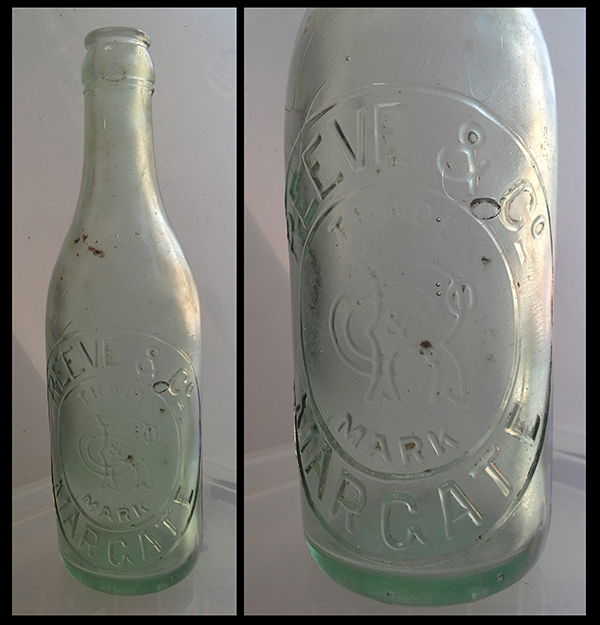 The image for day 356, which continues our intermittent Our Thanet series is a panoramic view of part of Margate, taken across the roof of the Margate Winter Gardens and facing the terrace of houses standing on Fort Hill. The roof top of the Turner Centre, overlooking the historic Margate Pier can be seen on the far right of the image.
The image for day 356, which continues our intermittent Our Thanet series is a panoramic view of part of Margate, taken across the roof of the Margate Winter Gardens and facing the terrace of houses standing on Fort Hill. The roof top of the Turner Centre, overlooking the historic Margate Pier can be seen on the far right of the image.
Although much celebrated for its recent arty renaissance in association with the Turner Contemporary Galery and the the Dreamland theme park which opened its doors again this weekend, this area is one of Margate and Thanet’s richest areas for the archaeology of the Iron Age and Roman period.
An Iron Age burial lying in a circular pit cut into the chalk geology was found during the demolition of parts of the former Cobbs Brewery complex and the construction of a Police Station which stands behind the last buildings at the right hand end of the terrace.
The remains of post built structures and pits also dating to the Iron Age indicated that a settlement had been present and a fine La Tene style decorated vessel found in a large pit nearby demonstrated something of the high status of the settlement.
Behind the houses at the centre of the image, in the area of Trinity Square redevelopment has revealed a dense cluster of Iron Age and Roman features cut into the chalk, these include several storage pits and at least three more pit burials. Roman cremations contained in pottery vessels were found in construction work in the 19th century, in the area behind the right hand end of the terrace of buildings shown in the picture.
The terrace of houses in today’s image follows the crest of one side of the deep valley that carries the Dane Stream to the Bay at Margate. On the downslope beyond the terrace are the subterranean passages of the Margate Caves and the Shell Grotto.
Until it was sealed in a culvert in the Early 19th century the Dane Stream ran along the base of the valley parallel with the terrace in the image. The water supply for the Reeves and Co. Soda Water plant was drawn from this stream. Nearby, at the junction with Trinity Square and King Street at the bottom the valley is the restored 15th century house, formerly known as the Old House but now called the Tudor House. Adjacent to the house are the remains of a 17th century Malt House, which was associated with Cobbs Brewery which extended over a large part of the valley slope at Fort Hill.
Margate continues to occupy a place in the nations heart as a quintessential seaside town. The image of the knife we posted on Day 95 shows that even the town’s newer attractions like Dreamland, restored and re-opened as an attraction to a new generation of visitors produced its own historic artefacts to be discovered by contemporary archaeologists.
Such a significant gathering place generates its own archaeological footprint and the ancient discoveries from the same area show that the landscape around Margate has been a place of gathering for over two millennia.
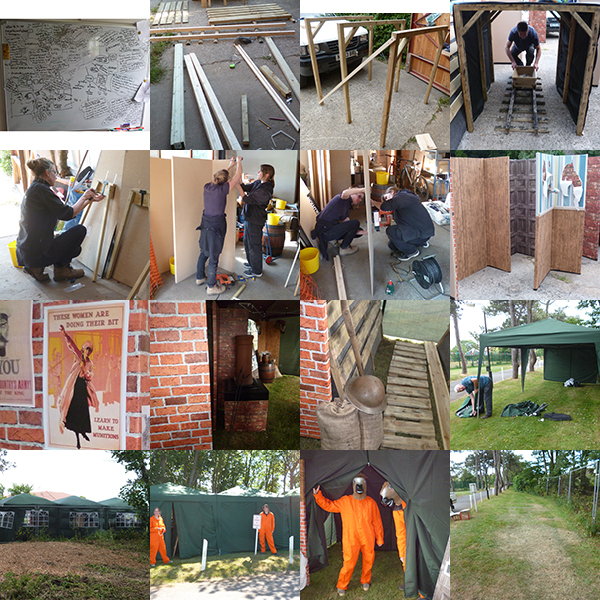
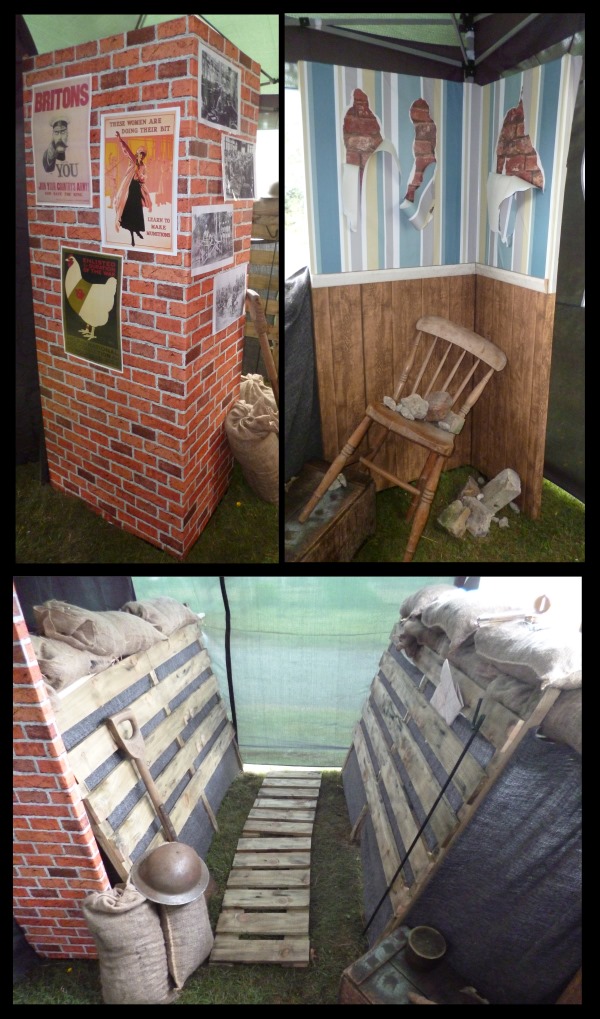
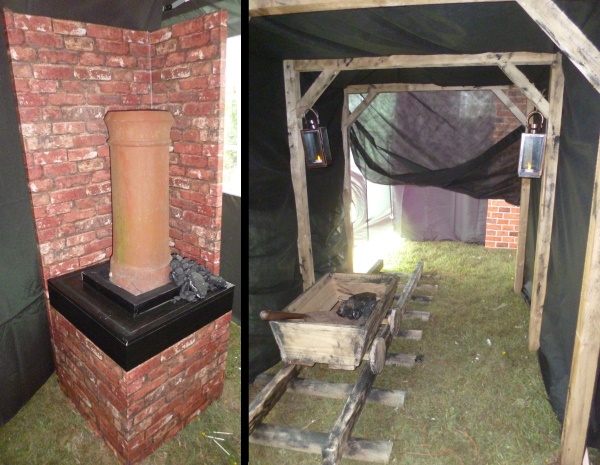 The VM_365 post for Day 353 shows the third two stages in
The VM_365 post for Day 353 shows the third two stages in 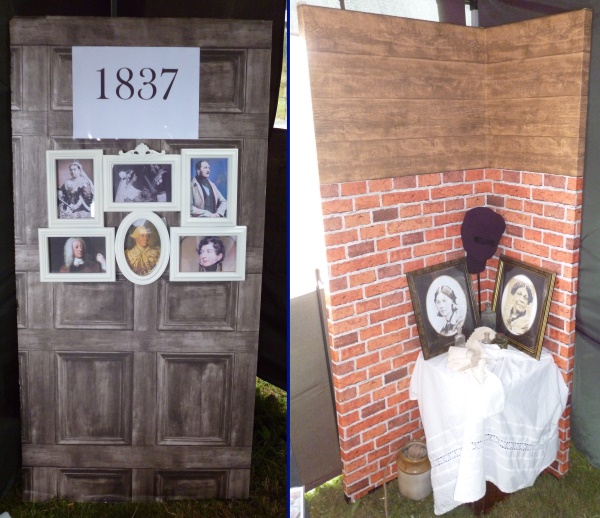 The VM_365 post for Day 352 is of the second two stages in
The VM_365 post for Day 352 is of the second two stages in 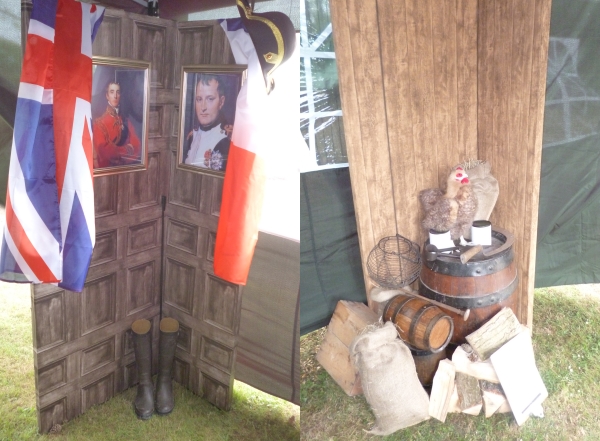
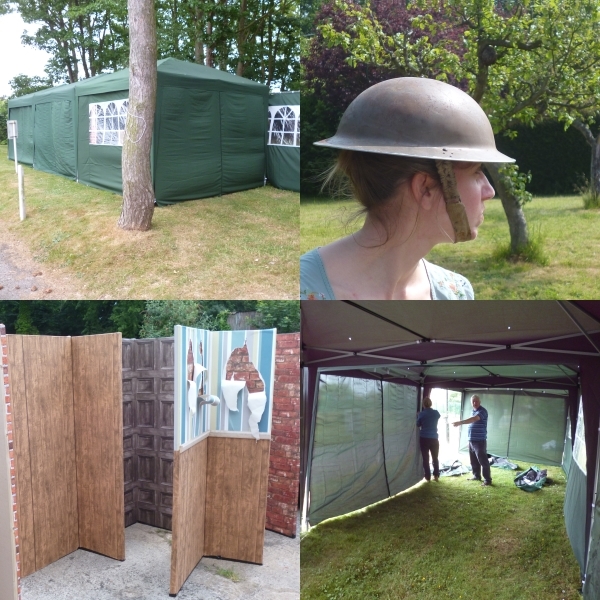
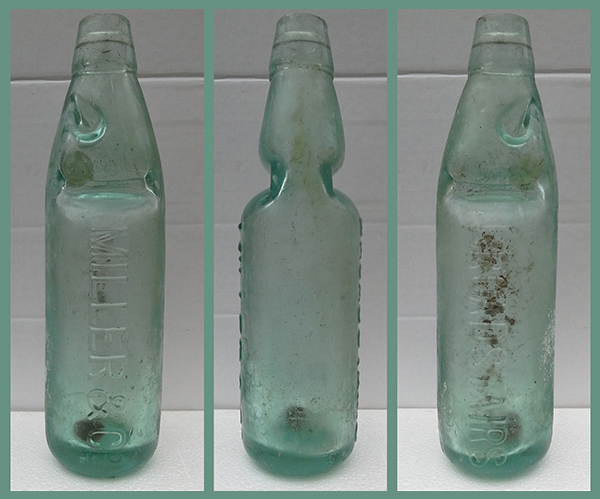 Today’s image for Day 349 of the VM_365 project shows a late Victorian/early 20th century Codd bottle manufactured for a soda water company from Broadstairs. Soft drinks bottles from other companies in Thanet have previously featured on
Today’s image for Day 349 of the VM_365 project shows a late Victorian/early 20th century Codd bottle manufactured for a soda water company from Broadstairs. Soft drinks bottles from other companies in Thanet have previously featured on 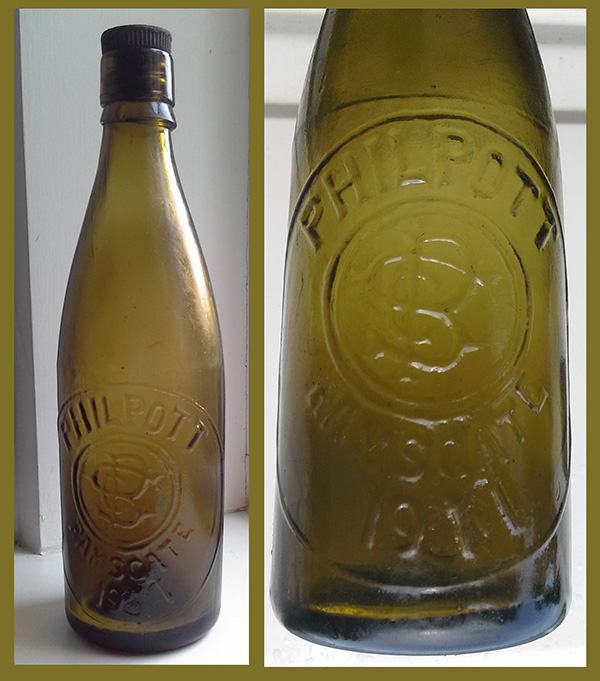 Today’s image for Day 348 of the VM_365 project shows another early 20th century glass soft drink bottle from the Trust’s collection from a local manufacturer.
Today’s image for Day 348 of the VM_365 project shows another early 20th century glass soft drink bottle from the Trust’s collection from a local manufacturer.